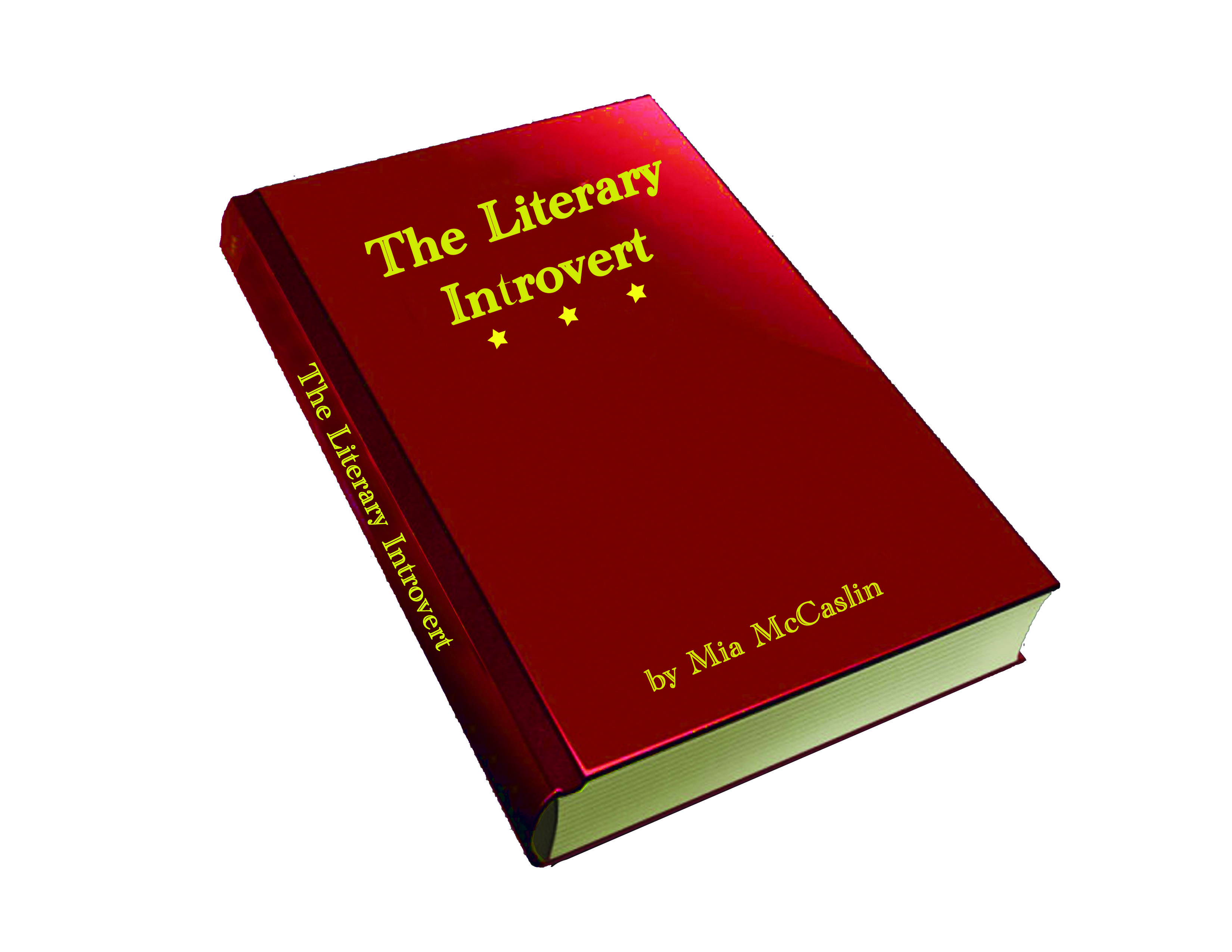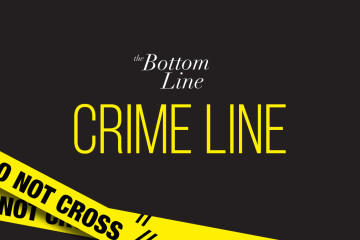The Handmaid’s Tale: The Book I’ve Been Meaning to Read
My mother is an adamant reader. She embarked on this challenge with me, and the task to read 12 books in a year has taken her less than a month. Since she reads such an incredible amount I have always turned to her for suggestions. I have always been a bit of an anarchic feminist, so when she finished The Handmaid’s Tale and insisted that the “Feminist Me” would prosper, I picked it up immediately.
The first time I sat down to read The Handmaid’s Tale by Margaret Atwood I had just graduated high school. My mom had taken me to the Hershey Park Spa for my graduation present, and there was a lot of waiting to be done. The Handmaid’s Tale is dystopian, in a way. It paints the picture of a society where the United States is overthrown by Christian religious extremists who throw the country in a patriarchal system that rivals North Korea. Women are assigned duties within their assigned households: those who cook and clean – The Marthas, those who are officially the women of the house – The Wives, and those who are only used as vessels for bearing children – The Handmaids.
In this new society, everything is rigidly monitored, especially the creation of children. Women must wear government issued, color coordinated uniforms that remove any and all personality and sexuality from clothing. Everything in its place.
Apparently nuclear explosions and different chemicals and pesticides rendered child bearing unlikely before the time of “The Eye” and their new government. Children became rare gems, only for the wealthy and privileged to raise. Women became property. In the transition to this new society of assigned ranks women were “relieved” of their job and property owning burdens. Now they exist only to better the house of the men.
The Aunts, who are the women who train the Handmaids, true believers of the system, inform the girls that the previous life that they were living caused people to die from so much choice. Now there is no freedom to choose, only the freedom to conceal.
The first time I sat down to read this book I was horrified. What if this happened to me? What if the future this tale is spinning is not too far off? I imagine it was quite a similar feeling to reading George Orwell’s 1984 in 1980.
I had to put it down.
I convinced myself that I put it down because there wasn’t enough time. I was working full-time as well as taking summer classes, so it’s true that there wasn’t much time, but the reality was that I was disturbed.
I picked up the book last week, intending to read it over the course of the month, but I have less than 50 pages to go.
The story is terrifying in the most important way: to inspire change.
This book makes the implication that women do not own their own bodies. While they physically cannot choose, in this novel, what they do with their lives, there is a grain of truth in this concept in today’s world.
Women are still fighting for reproductive rights, equal pay, and general respect. This scares me. I never want to live in a world where anyone is not considered a person because of their gender or even because of their social standing.
Equality for everyone is important. It doesn’t start with legislation, it starts with us. It starts with saying something to stop a sexual harassment that you are witnessing. It starts with agreeing to use someone’s preferred pronouns. It starts with respecting everyone that you meet.
The revolution will not be televised, it will be experienced.



